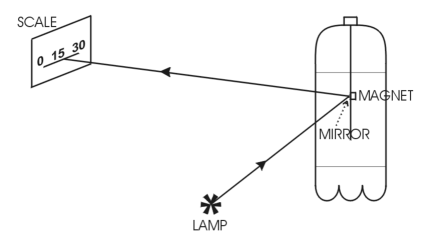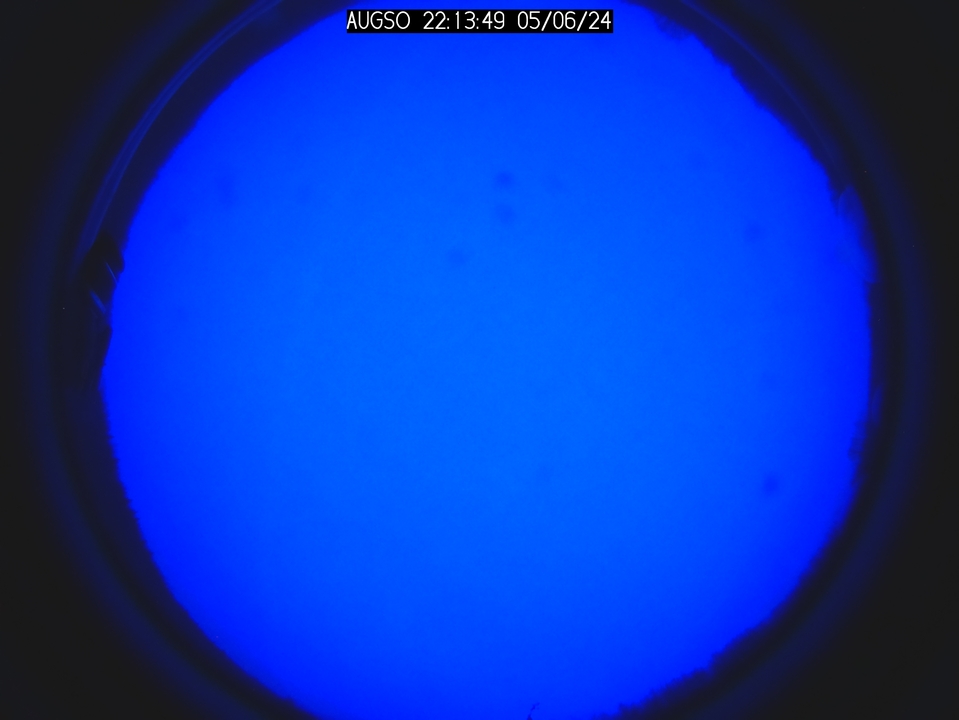| How to use your Pop Bottle Magnetometer |

|

|
| Thursday, 01 November 2007 | |
|
Your pop-bottle magnetometer can be used to monitor variations of the Earth's magnetic field, some of which may occur due to 'Geomagnetic Storms'. By taking measurements with your pop-bottle magnetometer you can observe such 'Space Weather' yourself.
Equipment Pop-bottle magnetometer, lamp with non-frosted bulb, scale (a letter sized sheet of paper with a 30cm ruler photocopied onto it), meter rule, logbook. Setting up the Equipment
1. Find a clear area that is as far from power lines, electrical equipment and large metal objects as possible. 2. Set up your equipment as shown in the diagrams. The light will reflect off the mirror and onto the scale, which should be stuck to a wall or sturdy box. The distance between the mirror and the scale should be between 1 and 2m - take a note of this distance. The distance between the lamp and the mirror doesn't matter too much, although 50cm works well. We found that a good reflection is produced if the angle between the lamp and the mirror is between 10 and 20°. You need to be able to see the spot of reflected light on the scale clearly enough to be able to record its position to the nearest 0.5cm. It may take a little trial and error to get this right and its a good idea to do this in a dimly lit room so the light spot can be 'found' easily.  3. Make sure that the light spot moves horizontally across the scale and that the scale is level with this movement. When the spot settles in one position move tha scale so that the spot falls on the '15cm' mark. This is the 'null' position. 4. Now you have set up your experiment it must not be moved. If possible use masking tape to secure them to the surface. If any of the components are moved at all during the experiment, start again by repositioning the reflected light beam on the 15cm mark, and note this down in your logbook. Taking Measurements
|
|
| Last Updated ( Tuesday, 16 June 2009 ) |
| < Prev |
|---|









 Aurora Watch Website. Version 1.0.
Aurora Watch Website. Version 1.0.